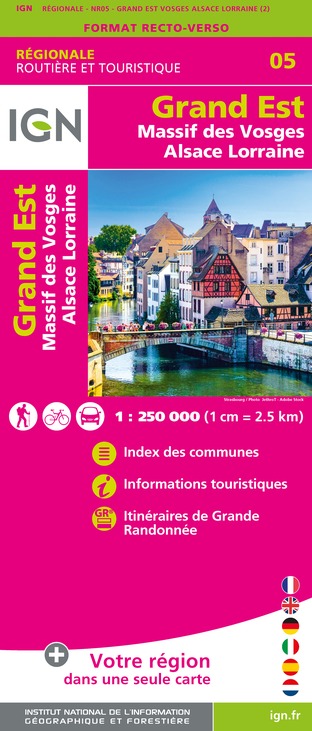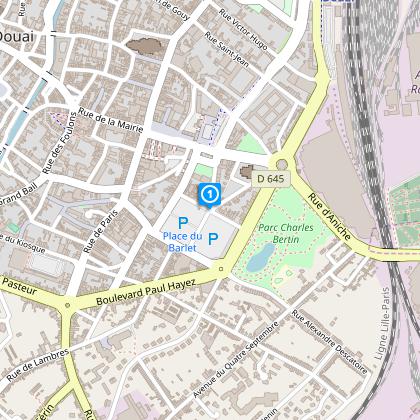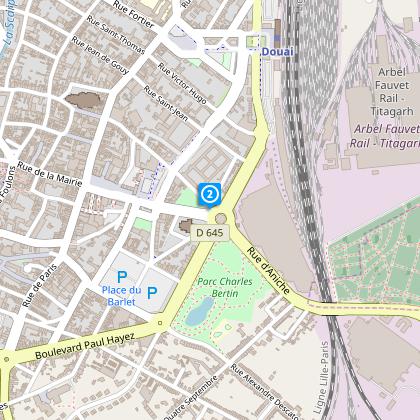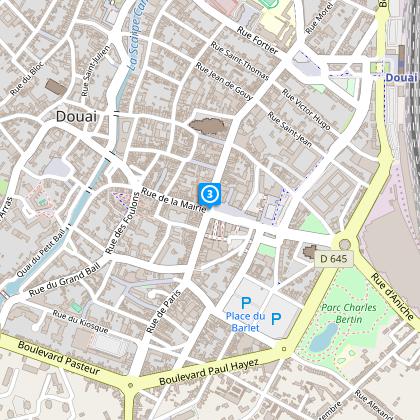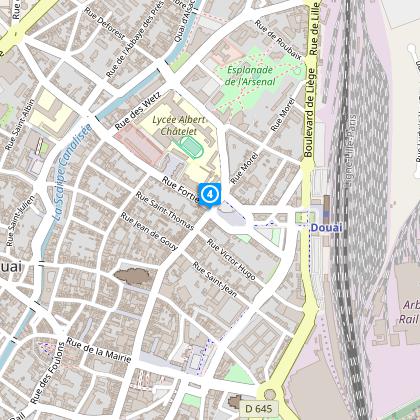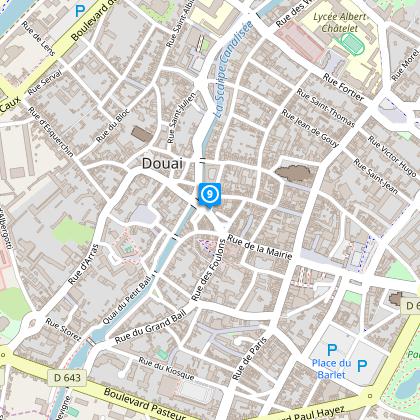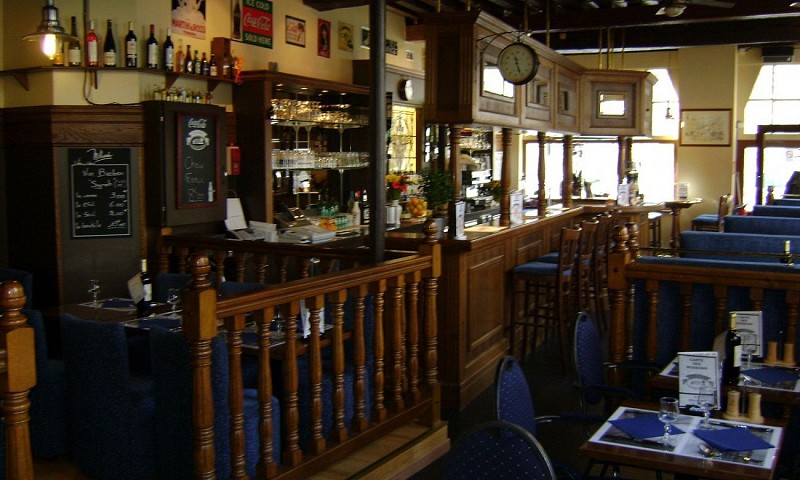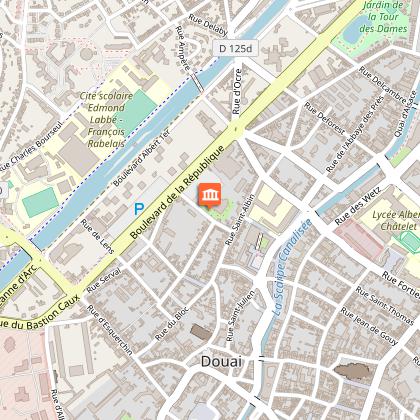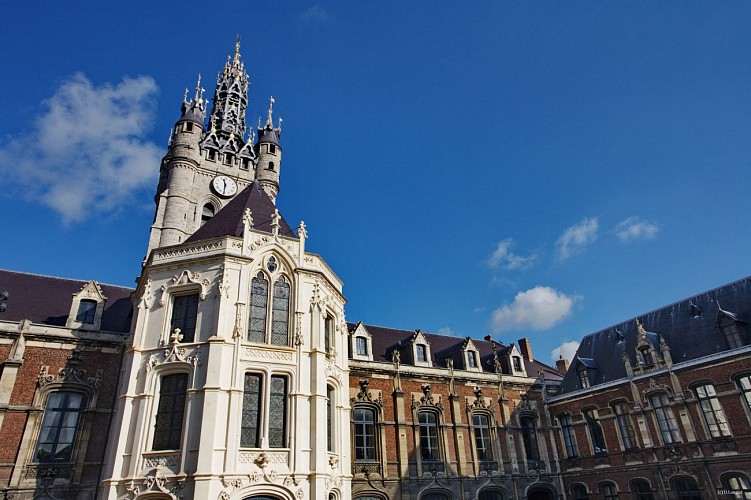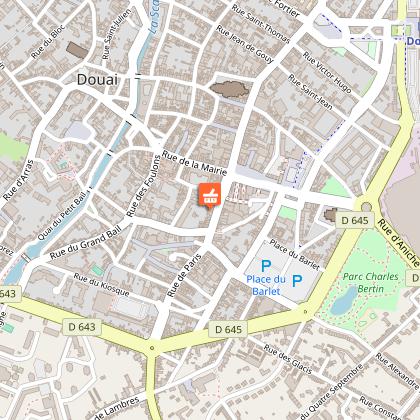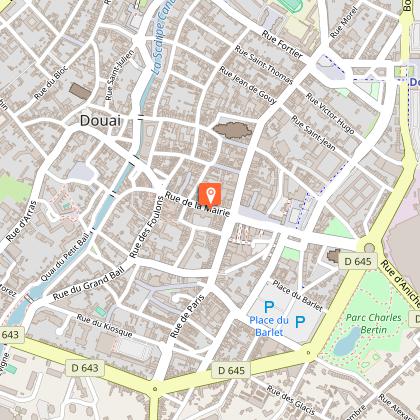Alert
Alerts
Route of the Gayant city circuit



The Cirkwi brief
Immerse yourself in the vibrant culture and rich history of Douai with the Gayant Circuit, curiously designed by Nord Tourisme. This urban trek takes you on a serpentine journey through the city's historical landmarks and cultural hotspots, with recommended detours to the majestic belfry. Embrace the allure of Douai as you navigate sidewalks and protected passages, especially during the exuberant Gayant family festivities each July. Experience a blend of exploration and celebration on this distinctive urban journey, adding a touch of magic to your travel diary.
Brief Technical Overview
The Gayant Circuit, presented by Nord Tourisme, spans approximately 6.2 kilometers, with an elevation ranging mildly between 22 to 29 meters above sea level. This urban exploration route is marked by a yellow trail, ensuring easy navigation through the city's quaint streets and alleys. No significant positive elevation gain is documented, making it accessible for walkers of all levels seeking a leisurely cultural and historical excursion in Douai.
Seasonal Safety and Tips
Visiting the Gayant Circuit in Douai promises a delightful experience all year round, though some recommendations enhance the journey. Spring and autumn offer cooler, comfortable weather for walking. Ensure proper footwear for cobblestone streets and remain hydrated. The highlight is undoubtedly the Gayant family festivities in July, bringing unparalleled vibrancy to the city. Winter visitors should dress warmly and be cautious of slippery paths. Always respect local traffic laws and pedestrian areas for a safe exploration.
Rich History of Douai
Douai, nestled in Northern France, boasts a compelling history deeply intertwined with its cultural and architectural legacy. From its medieval origins to its pivotal role during various periods of French and European history, the city reflects resilience and heritage. The Gayant procession, with roots in local folklore, epitomizes Douai's unique cultural identity. The belfry and surrounding landmarks stand as a testament to its historical significance, making the Gayant Circuit not just a walk but a journey through time.
Understanding Douai's Climate
The climate in Douai, characteristic of Northern France, features mild to warm summers and cool, damp winters. Average summer temperatures hover around 20°C, offering ideal conditions for exploring the Gayant Circuit. Winters, though colder with averages around 3°C, can still provide a serene, frosty charm to the cityscapes. The best visiting months are from May to September, when the weather compliments outdoor activities and the city's vibrant atmosphere is at its peak, especially during the festive July period.
IGN cards






